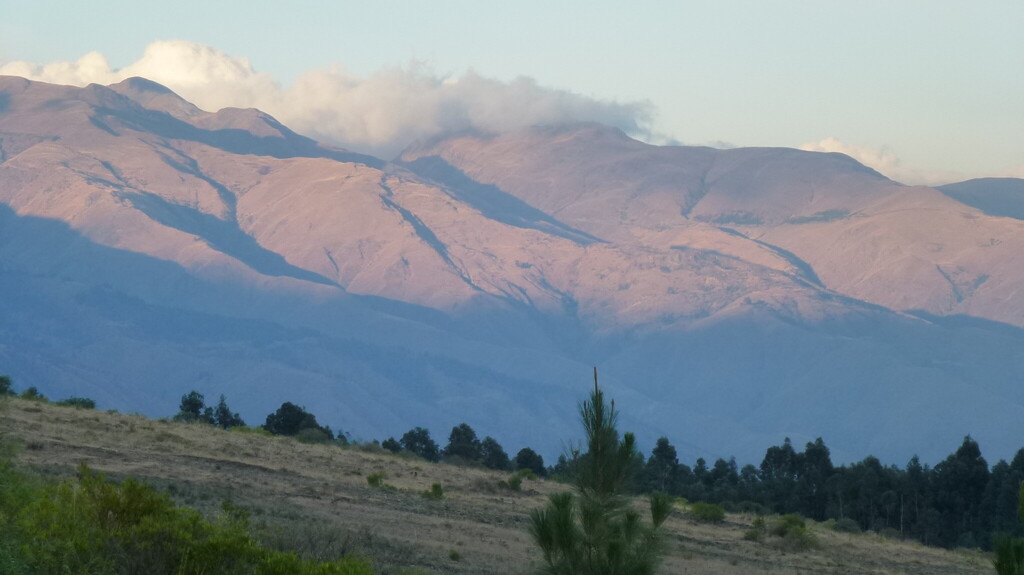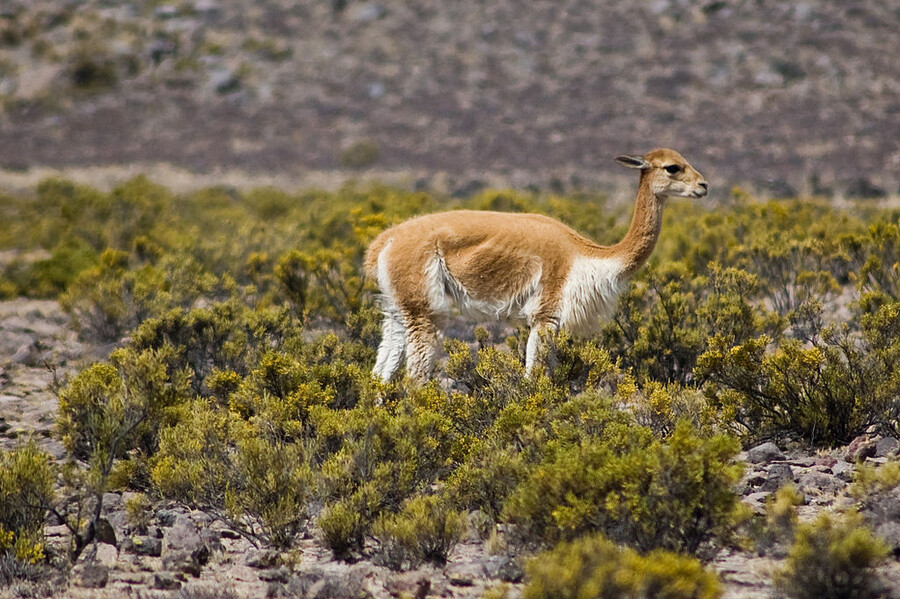Vicuña - a rare camelid of South America
The vicuña belongs to the llama species and is a rare camelid of South America. The vicuña's blood allows it to live and graze at heights of up to 6,000 m. The vicuña used to be widespread, but hunting and destruction of habitat decimated the species's numbers, so now they are rare. Today the vicuña can only be found in the Andes in the southern parts of Peru and Bolivia, in Northern Chile and North-West Argentina.
Herds of up to 20 animals
Vicuñas live in herds of up to 20 animals consisting of one male, between five and ten females and the young. The male dominates a herd and solely determines who may belong. In case of danger, it stands in front of the herd and protects it. The vicuñas’ grazing spot is always located some distance from where they sleep and is guarded around the clock. Beside the family groupings, there are also herds with only males or solitary animals. Since their hooves are soft and sensitive, during the rainy season the families often live on the ridges of the cordillera. There they remain during the entire rainy season and even in case of danger will not relocate to the rocky peaks. They only move down to the valleys during the warm dry season, when the ground is solid.
The vicuña is at threat of extinction
Since the fall of the Incan Empire, vicuñas have been hunted for their meat and fur. Before Columbus's arrival, there were approx. 1,500,000. According to a count performed in 1993/1994, now there are only 100,000. Some countries have adopted conservation laws that allow humans to herd the animals together, shear them and then let them go free once more, but may no longer be hunted or killed.
The Tunari National Park has some vicuñas and we want to do our part to help them return fully.

